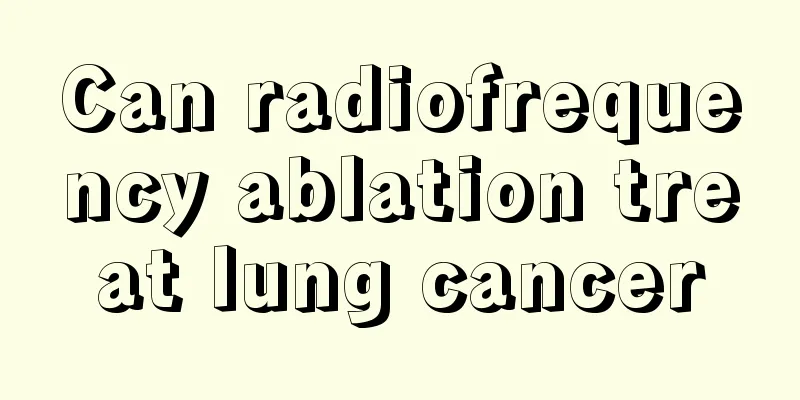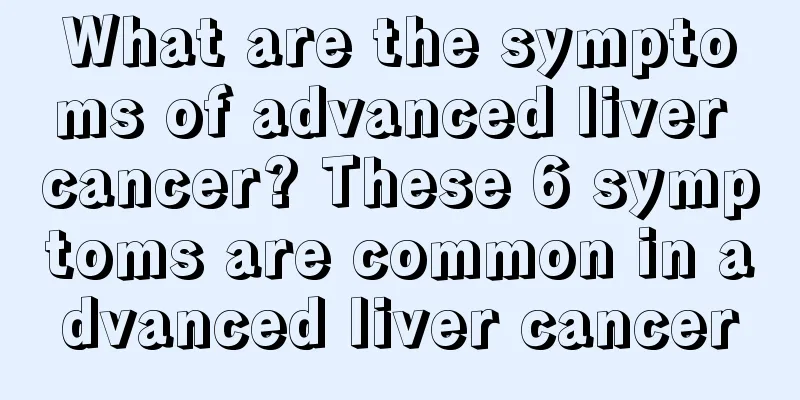Can radiofrequency ablation treat lung cancer

|
Radiofrequency ablation can be used to treat certain types of lung cancer, especially early-stage non-small cell lung cancer patients who are inoperable or not suitable for surgery. This technology uses high-frequency electric current to destroy cancer cells and is often used as a minimally invasive treatment method. Radiofrequency ablation is a treatment method that uses a probe with a smaller diameter to enter the tumor site and release heat energy locally to kill cancer cells. It is suitable for patients with poor physical fitness, who cannot tolerate surgery or do not want to undergo surgery, and is usually more suitable for tumors with a diameter of less than 3-5 cm. Its advantages include less damage, shorter recovery time, and fewer complications, but it is not suitable for all lung cancer patients. For example, it may not be suitable when the lesion is large or the tumor is close to important blood vessels and organs. Side effects such as mild pain, local bleeding or fever may occur during the treatment, most of which can be relieved by themselves. Radiofrequency ablation technology has become one of the auxiliary treatment methods parallel to surgery, chemotherapy, targeted drugs, etc., but it is more used to improve the quality of life or prolong survival time, and less for complete cure. Radiofrequency ablation is a treatment method that uses a probe with a smaller diameter to enter the tumor site and release heat energy locally to kill cancer cells. It is suitable for patients with poor physical fitness, who cannot tolerate surgery or do not want to undergo surgery, and is usually more suitable for tumors with a diameter of less than 3-5 cm. Its advantages include less damage, shorter recovery time, and fewer complications, but it is not suitable for all lung cancer patients. For example, it may not be suitable when the lesion is large or the tumor is close to important blood vessels and organs. Side effects such as mild pain, local bleeding or fever may occur during the treatment, most of which can be relieved by themselves. Radiofrequency ablation technology has become one of the auxiliary treatment methods parallel to surgery, chemotherapy, targeted drugs, etc., but it is more used to improve the quality of life or prolong survival time, and less for complete cure. In order to receive radiofrequency ablation treatment, patients should undergo a detailed evaluation, including imaging examinations, lung function tests, and a comprehensive analysis of their overall condition. At the same time, pay attention to a scientific diet before and after treatment, preferably high-protein, easily digestible foods; moderate daily exercise to improve immunity and delay disease progression; regular checkups to monitor tumor changes. If the condition is complicated and has spread widely, it is recommended to combine drug therapy or other local treatment methods, and cooperate with doctors to comprehensively develop a personalized treatment plan to improve efficacy. |
<<: The life expectancy of colorectal cancer metastasized to the liver
>>: Is it useful to take Chinese medicine for rectal cancer bone metastasis
Recommend
How to wear a disposable mask and what are the steps for wearing it
How to wear a disposable mask correctly is what m...
What are the harmful effects of hair dye
Having beautiful hair is what everyone wants, rig...
The cause of lymphoma that everyone should pay great attention to
Medically, lymphoma is a cancer of lymphatic tiss...
How does sleep affect hormones
Sleep allows the organs in the body to rest after...
Why does my face turn pale after exercise?
Many people like to exercise, but there are many ...
What should teenagers do if they are experiencing severe hair loss
In fact, teenagers are also very prone to hair lo...
Allergic rhinitis, itchy ears and throat
There are many types of rhinitis, such as allergi...
How to use aloe vera gel
Aloe vera gel has a wide range of uses. Nowadays,...
How to do a pathological examination for skin cancer
Pathological examination of skin cancer? Generall...
What are the self-examination methods for colon cancer?
What are the diagnostic methods for colon cancer?...
Do blackheads need to be cleaned regularly?
Most people have blackheads on their faces to a g...
It is better to drink salt water if you have acute gastroenteritis
Acute gastroenteritis is an acute disease. Patien...
How to diagnose fibroid disease
Fibroma is formed by the proliferation of fibrobl...
What is the effect of fumigating a room with vinegar
Vinegar is a common condiment and many families u...
How to prepare the ingredients for meat dumplings
The flavor of dumplings is very rich, because a v...









